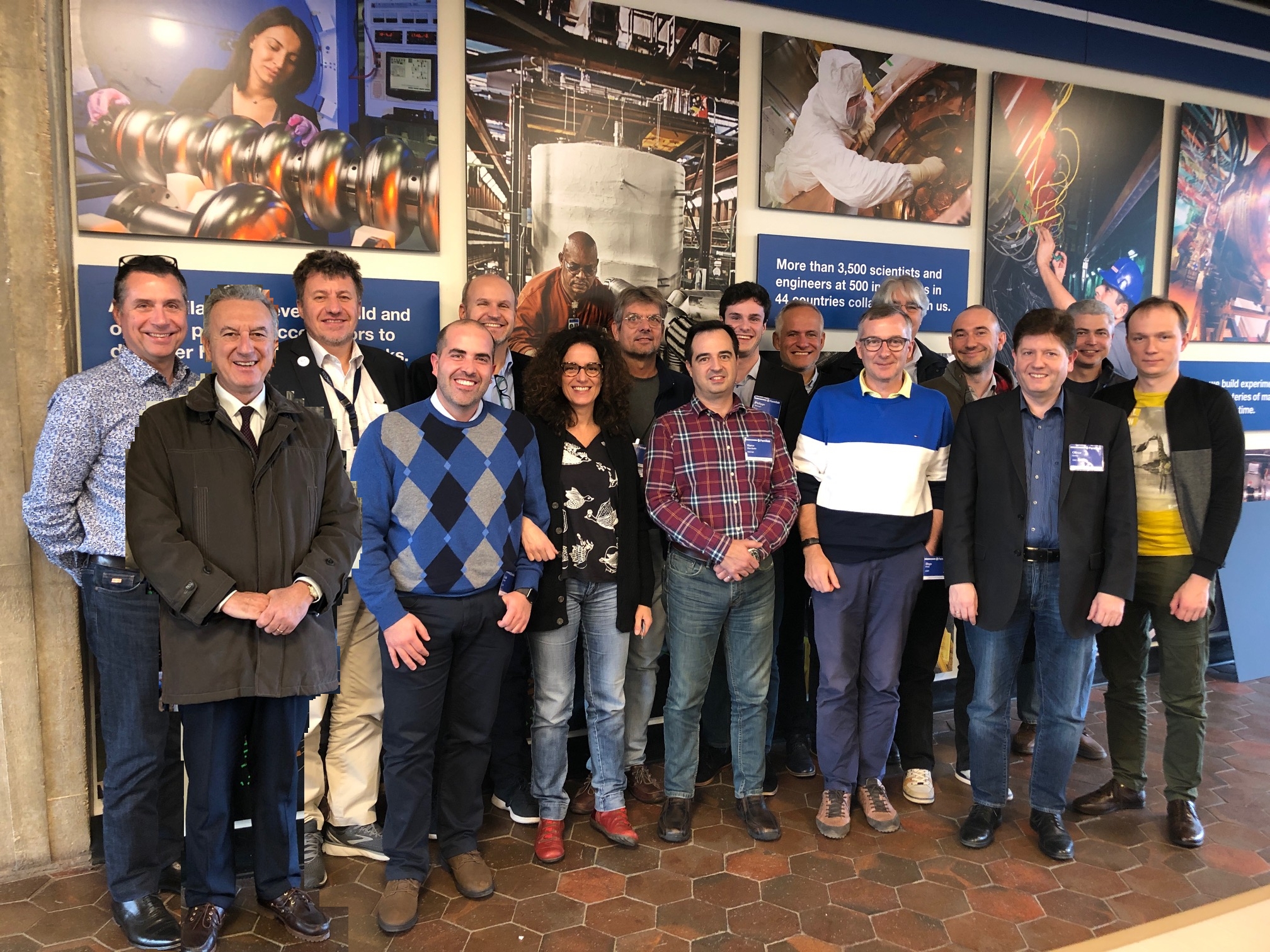The compensation of the long-range beam-beam interactions using DC wires is presently under study as an option for enhancing the machine performance in the framework of the High-Luminosity LHC Project (HL-LHC). In this respect, DC wires demonstrators embedded in collimators were installed in the LHC and have shown a significant reduction of beam losses during dedicated tests in 2018, even for operational machine configurations. In parallel, numerical simulation predict that wire compensation can lead to a significant improvement in dynamic aperture for the baseline but also alternative HL-LHC scenarios, thereby opening the parameter space for further optimisation of the operational scenario and improved performance. The scope of this meeting is to present the latest experimental and simulation results and predictions for the HL-LHC, together with first ideas for the wire hard-ware design and possible implementation. Building upon the existing collaboration between TRIUMF and CERN, a framework for future contributions in that particular HL-LHC option, will be further elaborated. Linkpersons: Yannis Papaphilippou (WP2) | Adriana Rossi (WP13)
|
| |||||





